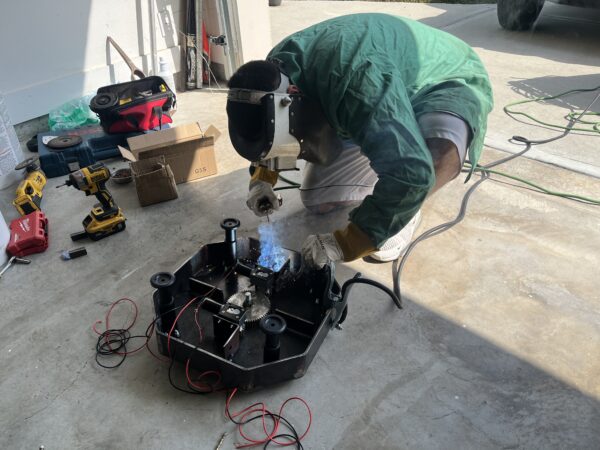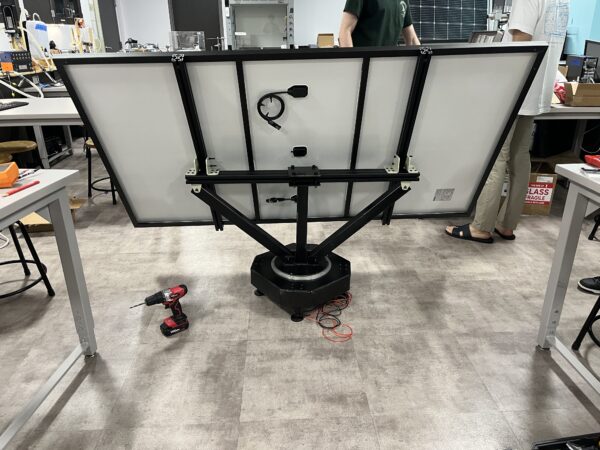Future Power Solutions for Exploring Hypothesized Surfaces – Psyche Power Systems
INSTITUTION
University of Texas – Tyler (UTT)
CLASS
Iridium Class (2024 – 2025)
STUDENT TEAM
ACADEMIC GUIDANCE
Dr. Mohammad Biswas
PROJECT DESCRIPTION
As part of NASA’s Psyche Student Collaboration, our team designed and built a solar tracking power system intended for use in extreme off-Earth environments like the surface of the Psyche asteroid. A key innovation in our project was the integration of a supercapacitor for energy storage, selected specifically because traditional batteries cannot operate reliably in the extremely low temperatures expected on Psyche. This decision shaped much of our system design and introduced unique technical challenges around energy regulation and control.
Throughout the project, we worked through every stage, from concept and mechanical design to electrical integration and testing, to produce a fully functioning prototype. The experience gave us a chance to tackle real engineering problems aligned with the needs of space missions, contributing to the exploration of power systems that are not only efficient and autonomous, but also capable of surviving the harsh conditions of deep space.
On behalf of the entire team, I would like to thank you all for this amazing opportunity.




